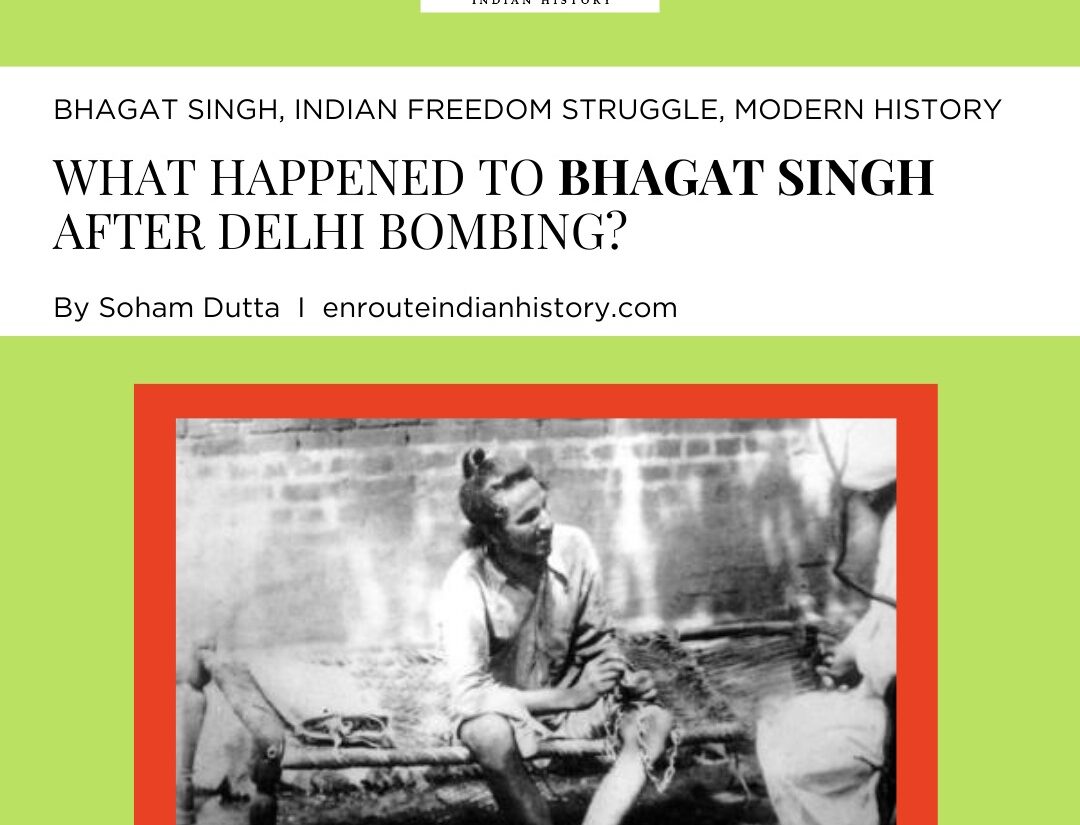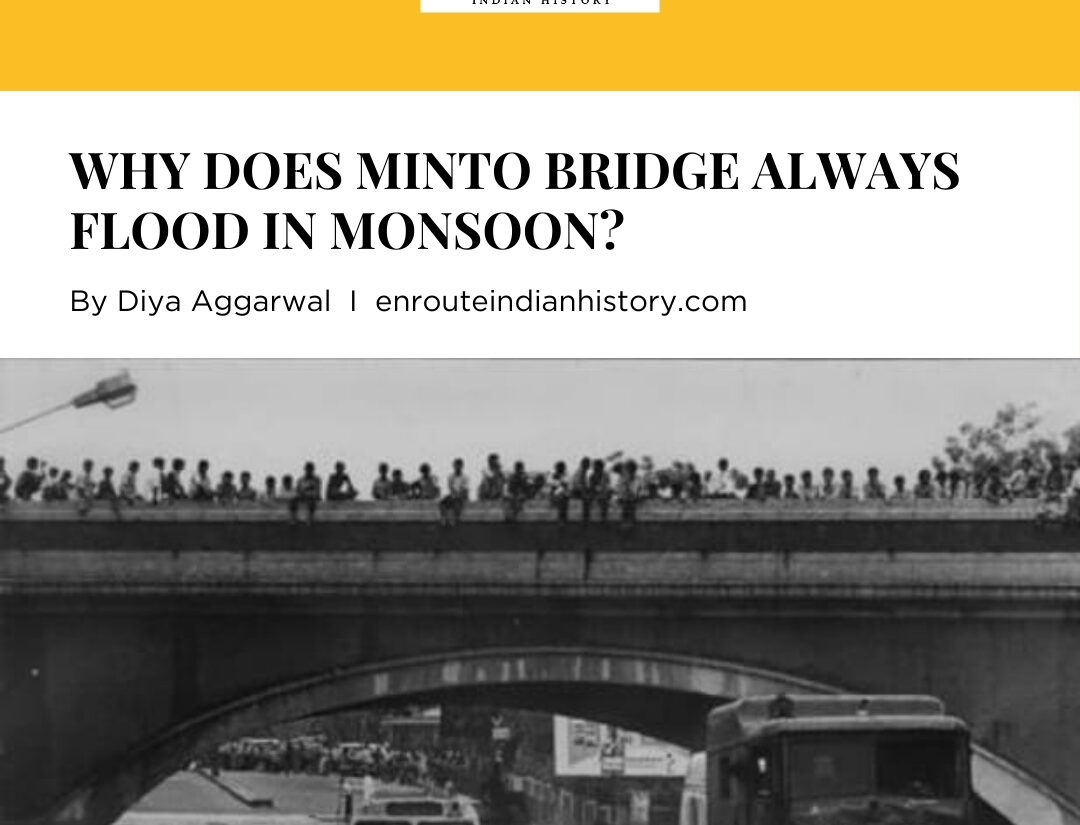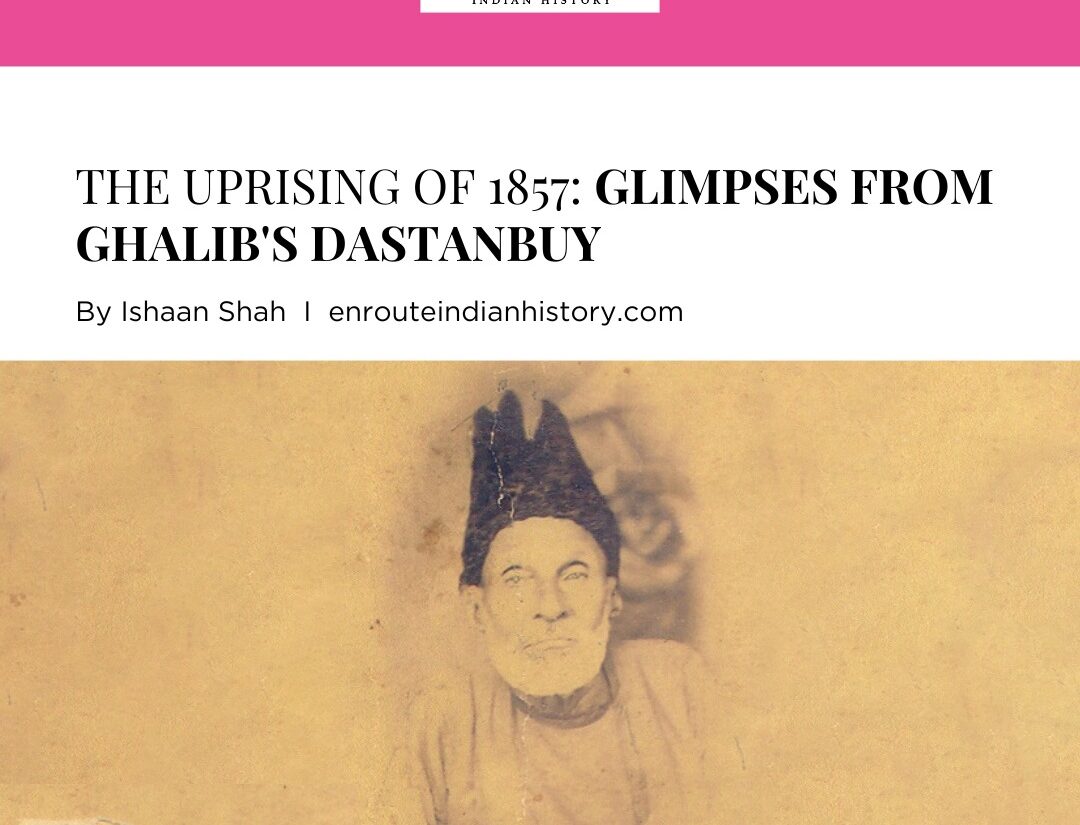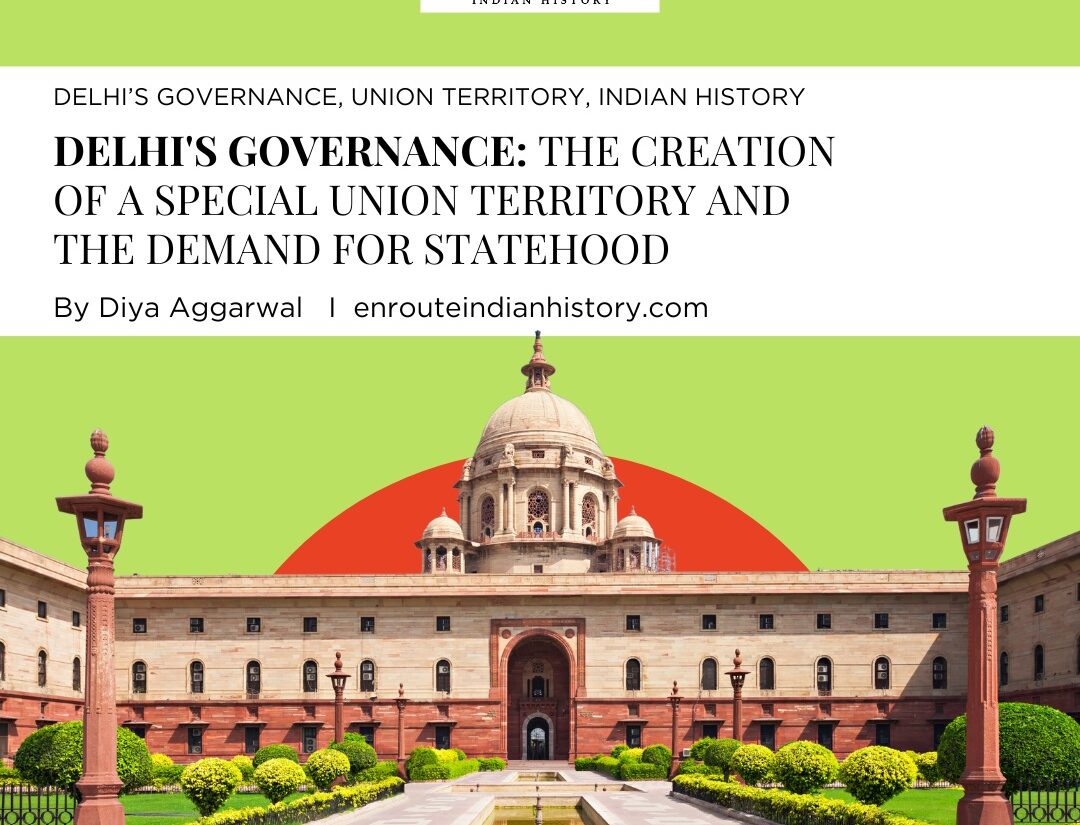
“It takes a loud voice to make the deaf hear.” These were the words of famous French martyr Vallaint, who was fed up with the French Third Republic’s rampart corruption and carried out a bombing on the French Chamber of Deputies in 1893. These words echoed again on April 8, 1929, through the Red Pamphlet of the Hindustan Socialist Republican Army, when Bhagat Singh and Batukeshwar Dutt carried out the bombing of the Central Legislative Assembly when the Trade Disputes Bill was presented.

(Headlines on the Delhi Assembly Bombing Case, The Daily Vir Bharat, November 28, 1929, Punjab Archives)

(Leaflets were thrown by Bhagat Singh and Batukeshwar Dutt in the assembly at the bombing;LUMS Digital Archive,1929)
This event marked the culmination of a phenomenon that, according to historian Sumit Sarkar, can be termed “Revolutionary Terrorism”, which became a persistent strain since the Swadeshi era and became more pronounced when a section of educated youth got disillusioned with the verbal radicalism and non-violent means of non-cooperation and Satyagraha and sought the violent means of armed revolution inspired for the cause of motherland and ‘cult of heroic sacrifice’. Revolution for this group, most notably HSRA, was not mere armed resistance stimulated by fear of bombs and pistols but rather, as Sarkar opines, “it wanted a total change in society by the demise of both foreign and Indian capital,” which would uplift the masses. HSRA has conducted many remarkable acts, including the murder of British Commissioner Saunders in 1928 to avenge the death of Lala Lajpat Rai. Still, the act of the Delhi bombing was quite unprecedented, as A.G. Noorani contends: “Instead of escaping, they surrendered themselves.”. This was followed by their custody in Delhi Jail for about a month, where Bhagat Singh wrote a letter to his father on April 26, informing him about the hearing that was going to be held soon.
To Make the Deaf Hear: Beginnings of Trials
The Trial started in the district jail on May 7, 1929, before the Additional District Magistrate, F.B. Pool, Asaf Ali appeared for the defense, while Rai Bahadur Suraj Narain appeared for the prosecution. As Bhagat Singh and Batukeshwar were brought to the court they adopted a defiant stance and shouted the slogans of “Inquilab Zindabad” and “Down with Imperialism”. The magistrate found that a prima facia case existed. Accordingly, he framed charges against both the accused under S.307 of the Indian Penal Code(attempt to murder) and S.3 of the Explosive Substance Act,1908 and committed them to trial by the Sessions court. The regular trial began before Session Judge, Leonard Middleton in the first week of June. On June 6, 1929, Bhagat Singh and Batukeshwar Dutt made a joint statement to explain their conduct, which was read out by Asaf Ali. In these connections, they raised the following questions:-
- Were the bombs thrown into Chambers, and if so, why?
2 . Is the charge, as framed by the Lower Court, correct or otherwise?
To the first question, they replied in the affirmative and explained their motives and circumstances. It was an assault on an organization that “displays not only worthlessness but its far-reaching power for mischief,” in their words. They further stated “..we dropped the bomb on the floor of the Assembly Chamber to register our protest on behalf of those who had no other means left to give expression to their heart-rending agony. Our sole purpose was to make the deaf hear and to give the heedless a timely warning.”. A.G. Noorani believes they also justified the use of violent means, as they stated, “ We have only marked the end of an era of Utopian non-violence,…Force when used in furtherance of a legitimate cause, has moral justification.” To defend their cause and answer the second question they elaborated upon their intent and scale and emphasized how the bombs were designed deliberately not to kill someone and how it only exploded in vacant space between the benches. This is further ascertained by the fact that they deliberately offered themselves to Sergeant H.D. Terry who was present at the scene of the bombing. While explaining what this revolution meant for them, they quoted, “By crushing individuals, they (British) cannot kill ideas.”.
On the same day, Asaf Ali also cross-examined the alleged accusations; for instance, he got an expert witness, Dr. Robson, to make admissions damaging to the prosecution case. Replying to Asaf Ali, he admitted that ”he was not shown the place of occurrence” and he might have changed his opinion. Examining the bomb, he came across no projectile which might be hurtful. On June 9, 1929, “certain portions” of this statement were, however, expunged from the record as being “irrelevant.” Since the accused had admitted to throwing bombs, the evidence was formal, and they were found guilty. Now only issue in the case was their intention and, accordingly, the quantum of punishment.
The Judgment

(Underground Level at Viceregal Lodge at the University of Delhi, which was prepared to keep Bhagat Singh during his Trials; picture by Soham Dutta, November 2022)
The judgment was delivered on 12 June 1929. As the two persons, Sir Bomanji Dalal and Sir George Schuster, who were most seriously injured weren’t present in the proceedings, the judge recorded the options of various assessors. Two of the four assessors didn’t find the intention of the accused to murder, instead, it was to create panic. Based on these lines, learned Counsel for the defense suggested that the most serious offense for which a conviction is maintainable is that punishable under Section 286 of the I.P.C. (negligible conduct about explosive substance) or at the very most, that punishable under Section 324 of the I.P.C. (voluntarily causing hurt by dangerous weapon or means). However, the judge said “ The alleged object (i.e. that their intention was not to kill) of the accused is inconsistent with the means they adopted in carrying it out….Their allegation as to the object is falsified by the means they employed, and hence the basis on which the alleged intention rests is no basis at all.” “In both cases”, Judge continues “I find that the bombs were thrown to cause death or cause bodily injury known to the other to be likely to result in death”. Thus, Bhagat Singh and Batukeshwar Dutt were found to be punishable under Section 307 I.P, C. (attempt to murder) under which the judge decided not only a deterrent but also a retributive punishment of “transportation for life”.
Aftermath
Bhagat Singh was sent to Mianwali Jail and Dutt to Borstal Jail in Lahore. They were put on the same train, though in different compartments, on March 12, 1930, but after requesting the officer on duty to allow them to sit together for some of the journey, Bhagat Singh informed Dutt that he would go on a hunger strike on June 15th and would do the same in Mianwali Jail. When the government saw that the fast had captured the attention of people throughout the nation, it moved to expedite the trial, which became known as the Lahore Conspiracy Case. This trial began at Borstal Jail, Lahore, on July 10, 1929. On October 7, 1930, the tribunal issued a 300-page decision, concluding that Bhagat Singh, Sukhdev, and Rajguru were guilty and condemned to death.
Bibliography
- Paramjit Ahluwalia. “Bhagat Singh.” Socialist Lawyer, no. 63, 2013, pp. 32–33. JSTOR, https://doi.org/10.13169/socialistlawyer.63.0032. Accessed 26 Jan. 2024.
- Lal, Chaman. “Revolutionary Legacy of Bhagat Singh.” Economic and Political Weekly, vol. 42, no. 37, 2007, pp. 3712–18. JSTOR, http://www.jstor.org/stable/40276385. Accessed 26 Jan. 2024.
- Noorani, Abdul Gafoor Abdul Majeed. The Trial of Bhagat Singh: Politics of Justice. United Kingdom, Oxford University Press, 2001.
- Assembly Bomb Case No. 9 of 1929. Crown Vs. Bhagat Singh and Bhatukeshwar Dutta Vol- I, Delhi Court Papers, National Archives of India























